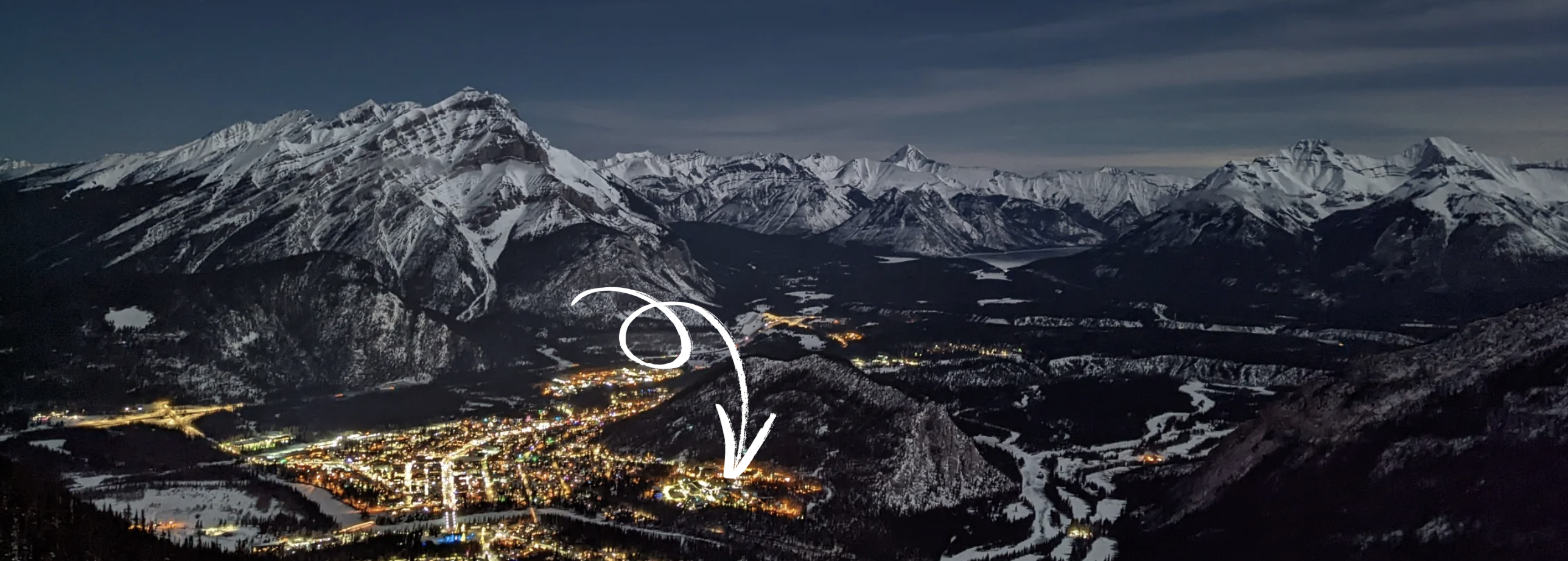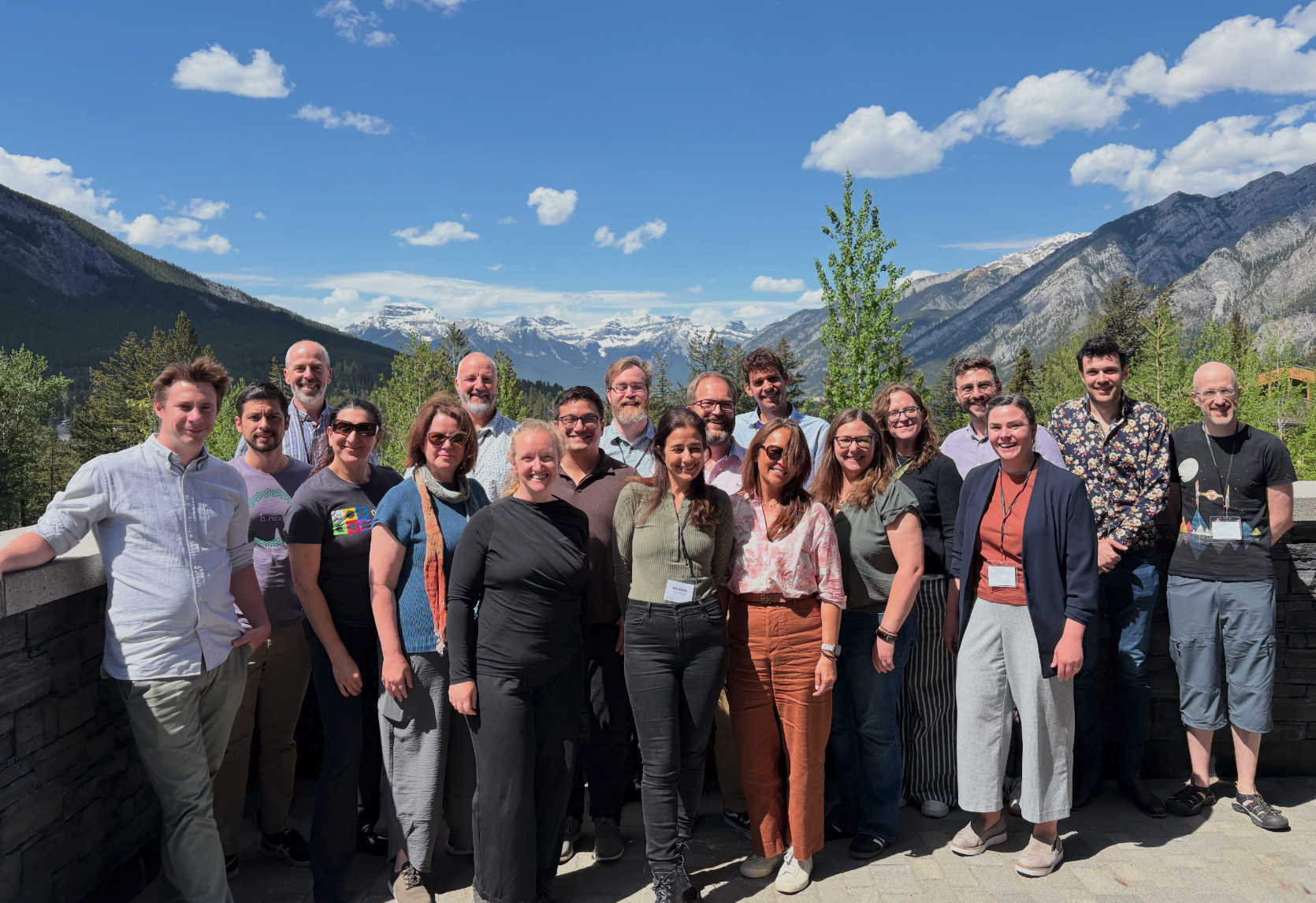
Continuous Science Foundation Workshop — Banff 2025
Abstract¶
In May 2025, the Continuous Science Foundation brought 22 visionary thinkers—researchers, tool builders, funders, and open science advocates—from around the world to Banff, Alberta. At its core, the workshop confronted a fundamental disconnect: the way we conduct science has changed, but the way we communicate it has not. Research today is iterative, computational, and collaborative. Yet, our outputs are still largely static PDFs, siloed data, and disconnected repositories. The workshop invited participants to break away from these conventions and imagine a communication ecosystem that matches the pace and complexity of modern science. With support from The Navigation Fund, this unique gathering sparked something powerful: a new movement called Composable Science.
Today, science moves faster than our current systems can support. Research is often published late, locked in static documents, and difficult to reuse. The Banff workshop challenged that status quo. Through deep conversation, outdoor exploration, and creative collaboration, participants co-created a new paradigm: science that is modular, continuous, discoverable, and reusable by design.
Composable Science is about more than better tools—it’s about a cultural shift. It reimagines how we communicate the process of research, not just the end result. It values progress over perfection, collaboration over credit, and real-time sharing over long delays. Thanks to this convening, we now have a shared language, a clear roadmap, and an energized network ready to build the future.
In Banff, Alberta, from May 27–29, 2025, we gathered a diverse group of researchers, infrastructure builders, funders, open-science advocates and change-makers to imagine a new future for scientific communication. The Continuous Science Foundation workshop wasn’t a typical meeting of minds—it was a collaborative design space aimed at rethinking how we share and evolve science.
At its core, the workshop confronted a fundamental disconnect: the way we conduct science has changed, but the way we communicate it has not. Research today is iterative, computational, and collaborative. Yet, our outputs are still largely static PDFs, siloed data, and disconnected repositories. The workshop invited participants to break away from these conventions and imagine a communication ecosystem that matches the pace and complexity of modern science.
Science has evolved. The ways we communicate it has not kept up.
It is time to shift the conversation towards continuous and connected processes in science—embracing iteration, automation, and deep integrations with data and computation. Set against the awe-inspiring backdrop of Banff, this intimate, high-impact workshop brings together select leaders of this transformation. Through immersive outdoor experiences, in-depth discussions, and strategic storytelling, we developed a collective vision and the communication tools needed to drive change beyond this meeting. The participants included twenty open-science champions, researchers, infrastructure leaders, and communicators—each with the influence and vision to shape the next era of scientific communication. Together we helped to ignite a movement toward a future where science is iterative, limitless, collaborative, and ever-evolving.
The mountains are calling, and I must go – for in their quiet, new ideas are born.
John Muir

Figure 1:The participants of the workshop outside of the Banff Center, Canada. Including participants: Nokome Bentley, Gabriel Stein, Kristen Ratan, Colin Ophus, Michele Avissar-Whiting, Anton Molina, Louise Page, Tracy Teal, Ian Mathews, Tom Scott, Krirstie Whitaker, Lorena Barbara, Taylor Gibson, Matthew Feickert, Matthew Akamatsu, Rachel Lauer, Rowan Cockett, Steve Purves. Facilitators were Courtney Babott, Jason Thompson, Heather Szpecht, and Jillian Hale.
Scientific communication is under fire from multiple sides—challenged to do more, move faster, open up, and deliver impact, all while balancing on top of a legacy system. Together, we were invited to create space to align around something bigger—a shared vision for the future of scientific communication. Not a vague ideal, but a movement we can name, shape, and build.
On the first day of the workshop we set context, introduced each other, created personas, went through the pre-workshop survey results, used the iceberg model to go deep into the mindsets and systems behind events, ideated a preferable future and chose a movement together: composable science.
On Day 2, we translated the vision of composable science into shared values, plain-language poetry, clear value propositions, and future-focused stories—moving from abstract ideals to actionable narratives that grounded the movement in collaboration, reuse, and real-world impact.
Six weeks after the transformative Banff workshop, the workshop participants came back together to reflect on progress and chart the path forward for the composable science movement.
Figure 2:A video on the Composable Science movement, which was the outcome of the workshop. Get involved at csf.now.
We are very grateful to The Navigation Fund for supporting this workshop and for helping lay the foundations for Continuous Science Foundation.
Copyright © 2025 Cockett et al. This is an open-access article distributed under the terms of the Creative Commons Attribution 4.0 International license, which enables reusers to distribute, remix, adapt, and build upon the material in any medium or format, so long as attribution is given to the creators.